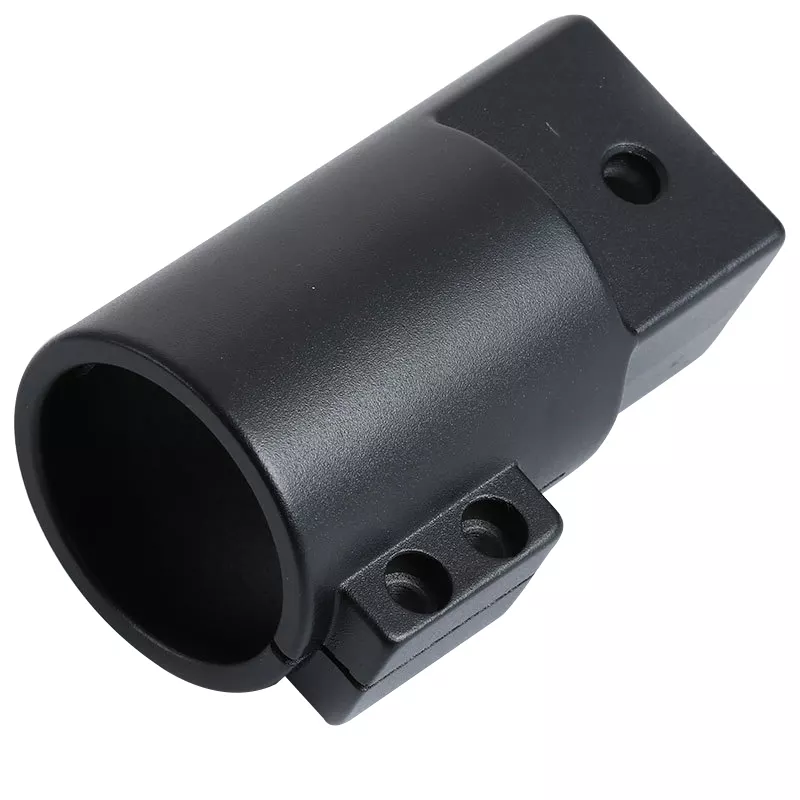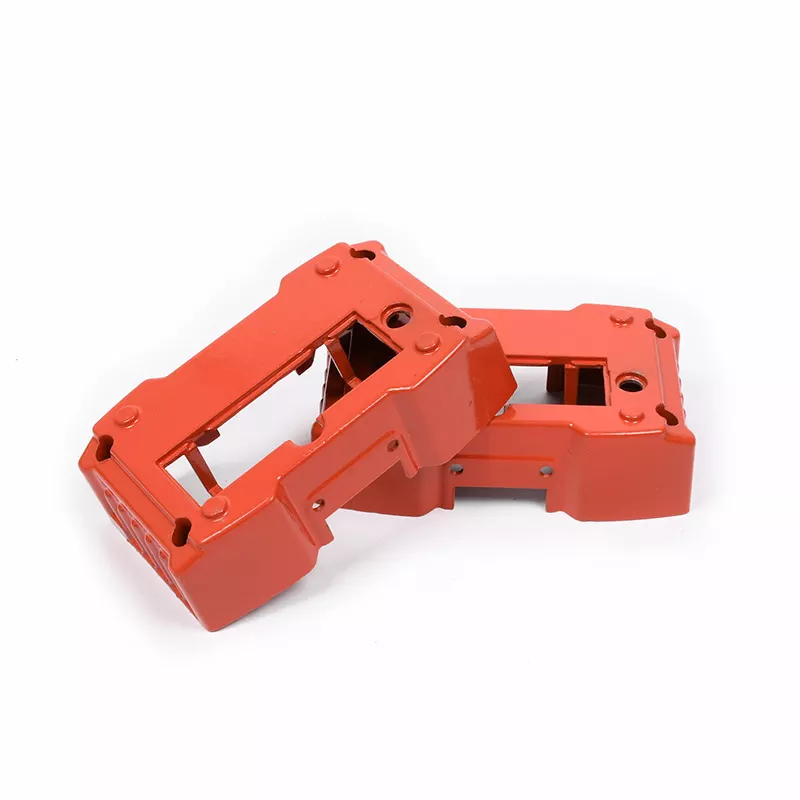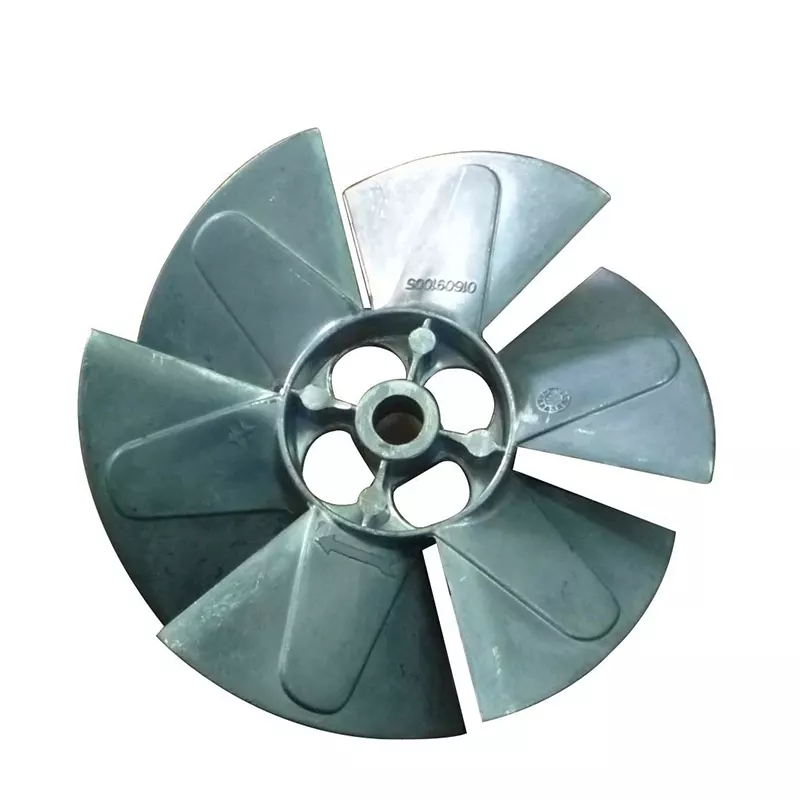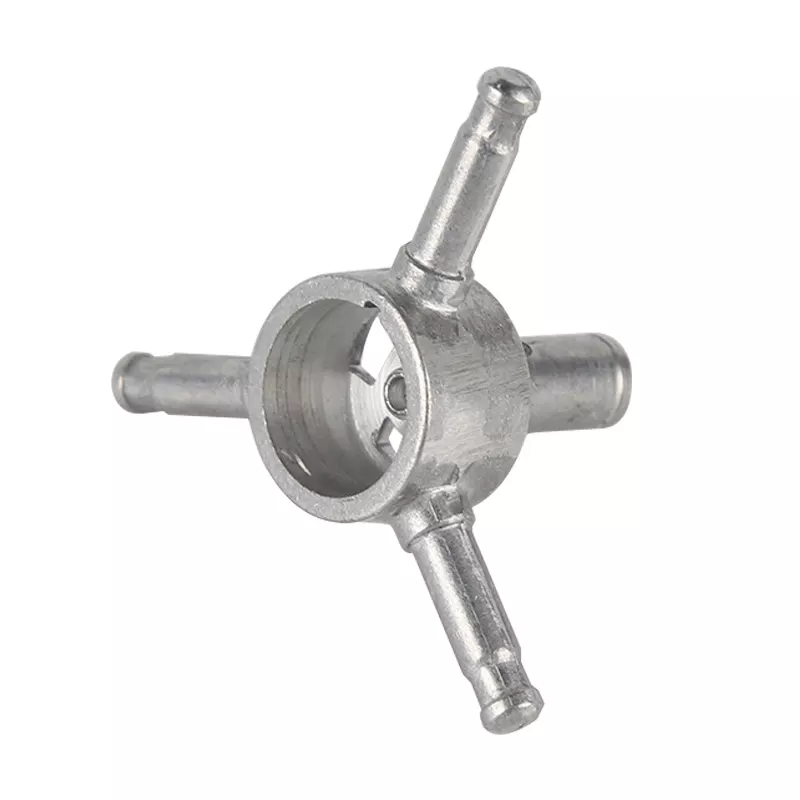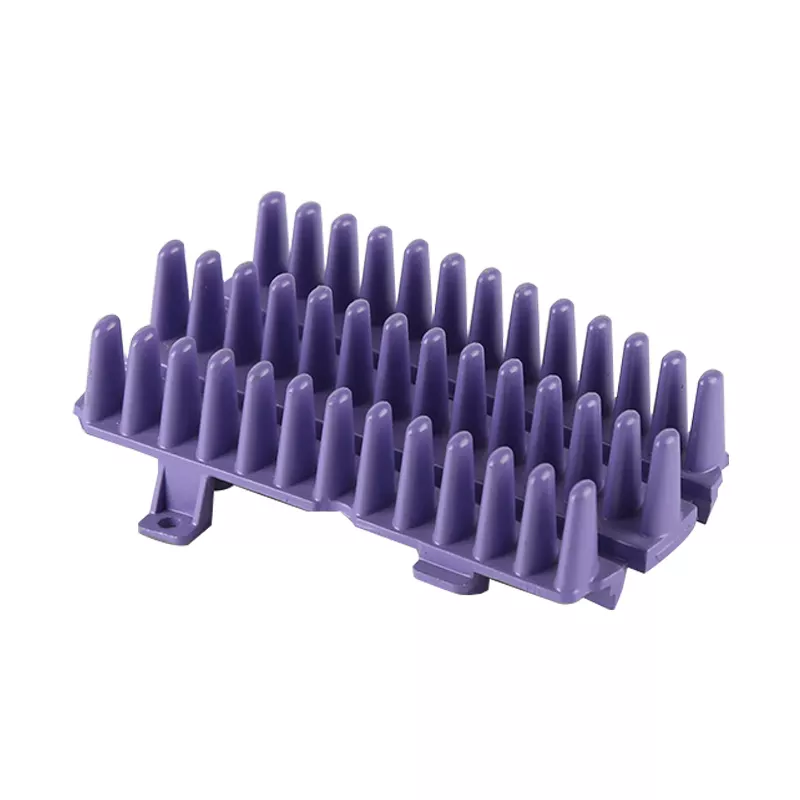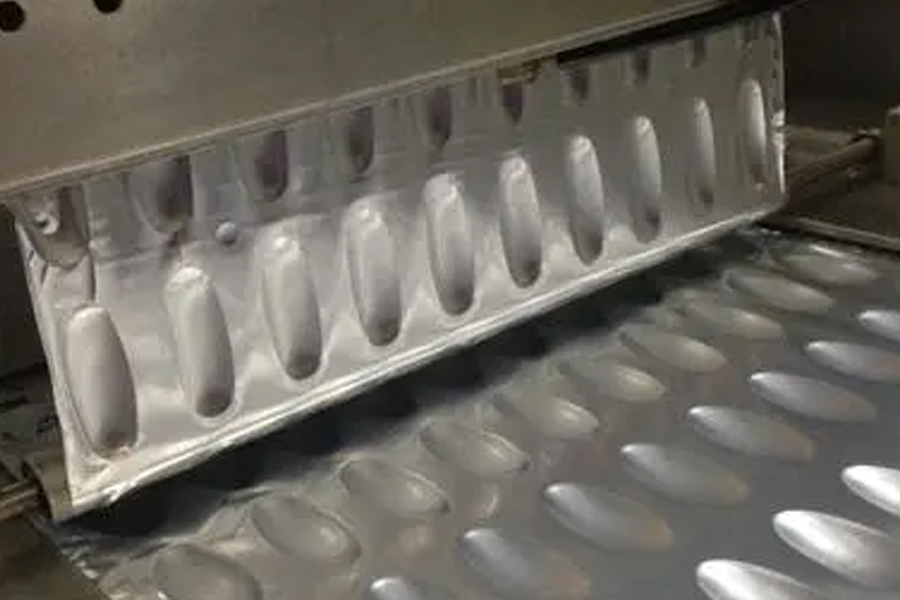
Oxygen and nitrocarburizing treatment can be carried out in a pit carburizing furnace, using liquid ammonia, oxygen and nitrogen as infiltrating agents. The inner wall of the furnace pot, the inner surface of the furnace cover and the loading frame are all coated with water glass graphite paint and dried at 200°C to extend the service life. The temperature of the empty furnace is raised to 620°C, the mold 3Cr2W8V steel mold is loaded into the furnace, nitrogen is introduced into the furnace to remove air, the nitrogen flow is 0.4-0.5M/h, and the pressure is 20×10∧4Pa (2kgf/cm2) Exclude air for 1h. Then raise the furnace temperature to 570℃, stop the nitrogen flow, and change the flow of ammonia gas with a flow rate of 0.5-0.6m3 and a pressure of 7×10∧4Pa (7kgf/cm2). At the same time, oxygen gas with a flow rate of 50-80mL/min and pressure It is 3×10∧4Pa (0.3kgf/cm2).
After being kept at 570°C for 2h, the furnace temperature is raised to 620°C and kept for 2h, and the treatment process is over. Cut off the ammonia and oxygen, change to nitrogen to exhaust the ammonia and oxygen in the furnace, and cut off the power supply to reduce the furnace temperature. When the furnace temperature drops below 450℃, take the mold out of the furnace and put it into the tank wall Slowly cool to room temperature in the cooling tank with water.
After co-infiltration, the surface hardness is 891HV0.05, the surface layer is white and bright epsilon layer, the thickness is 0.02-0.023mm, the main nitride phases are Fe3N and Fe4N, and there is a small amount of Fe3O4, and there is no obvious Fe2N brittle phase. Connected to ε is a N-containing α-Fe diffusion layer, and the total nitriding depth of the white bright layer plus the diffusion layer is 0.2-0.28mm. The heart is primitive tissue + tempered cable body.
More than a thousand pieces of 3Cr2W8V steel aluminum alloy die-casting die treated by the above process are die-casted, and the surface is still smooth and intact, and the demolding is smooth, without adhesion, peeling, scratches, and corrosion.




